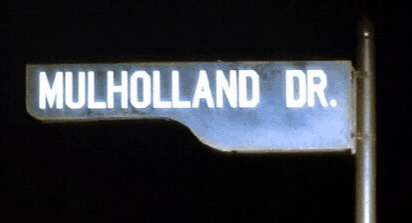John Baldessari – Class Assignments (optional), 1970 fourteen disparate assignments, Cal Arts Post Studio Art class 1970.
The MA CAT is a post-studio programme.
Art education is still predicated on the assumption that the ‘studio’ is the normative site of learning. Post Studio art (Baldessari 1970-) challenged this assumption. The studio is a relatively new invention (as is art) and is, by no means, the sole locus of artistic learning or production. Post-studio art education recognises some of the more problematic consequences of studio-centric art education and actively attempts to instill a broader understanding of what artistic production entails in non-studio sites.
So, what is post-studio practice? Here are a few sceptical speculations that we will co-investigate during the programme:
| ‘After’ | Post-studio is central to foundational and emerging theories of contemporary art, but it is not synonymous with “contemporary art”. Nor is post-studio synonymous with anti-studio. Post-studio signifies what comes after the invention of the studio in the Renaissance; we cannot un-invent the studio and post-studio art does not seek to do so. Rather post-studio might be more concerned with how art is made in non-studio environments. |
| Open | Post-studio practitioners explore the wider world around them. Since post-studio work looks outwards rather than inwards; might it offer a support system for Open Learning? |
| Partnership | Post-studio practices are often produced in partnership, by a meshwork of contributors. Partners can be individuals, organisations, objects, machines… What are the implications of working in partnership? |
| Placement | Post-studio practices are implaced. The sites in which post-studio practices are implaced are myriad and need not be confined to the dependencies of the artworld. |
| Realist | Since they are implaced and often produced in partnership, post-studio practices are concerned with intersubjective reality. What forms does intersubjective working take? |
| Collaborative Enquiries | Post-studio practices often pursed a form of collaborative enquiry, working with others towards a common creative focus. In what ways can peers develop collaborative enquiry? |
| Logic of Scenes | Post-studio practices make their own scenes. These (art) scenes develop their own logic; this underwrites the development of the practices they host. How are scene and what is seen co-constructed? |
| Multi-hyphenate | Post-studio practice resists identarian thinking – it resists identification with a singular role or media. What are the implications for personhood? |
| Extradisciplinary | Post-studio practice tends to draw other disciplines into its orbit. In this sense it is extra-disciplinary (rather than interdisciplinary or transdisciplinary). |
| Organisational | Post-studio practice is frequently organisational in its orientation. It traverses and incorporates curating and arts production rather than consigning these roles to specialists. What are the implications of envisaging artistic knowledges and practices as ‘organisational’ in character? |
| Inhabited Practices | Post-studio practice is inhabited, not inherent. (Following Dark Organisational Theory) a post-studio practice is positively parasitic in that it must find a host habitat in order to exist. How might practices become implaced, and how do we inhabit these practices? |
| ‘Techniques of the Body’ | If ‘tacit’ forms of knowledge associated with the technical arts are ‘immanent in practice’ (Bourdieu 1977: 27), and habitus reproduces social structures by socialising habits then the reproduction of artisanal learning or academic rituals (habitus) need not rely on the continued maintenance of a specific learning environment (habitat). Practice will change over time, and with it, learning environments will be changed. How do our ‘techniques of the body’ co-create our post-studio environments? |
| Paragogic | Since it is extra-disciplinary, post-studio practice is a form of paragogy (peer-to-peer learning) rather than disciplina (instruction). Peers find common foci and learn together from each other. How might post-studio education adapt or replace art’s normative ‘teaching’ techniques (the crit, the tutorial)? |
| Meta practice | ‘Practice’ remains sacrosanct in art education. Post-studio art education remains open regarding the value and importance of practice vis a vis art. It seeks to understand some of the critiques of practice that have emerged from Practice Theory in philosophy and the social sciences and to understand how/if we might develop a more critical, or meta, understanding of what we mean by “practice”. |
Post-studio / by Kneel, Mulholland: Drive! is licensed under a Creative Commons Attribution-NonCommercial-NoDerivatives CC BY-NC-ND 4.0


